Museum curator Kirsha Kaechele moved Picasso artworks into a women’s restroom. This decision came after a discrimination complaint about a female-only exhibit.
The restroom now displays two paintings and a drawing by Picasso. This unusual exhibition highlights the intersection of art, gender, and public spaces.
‘Ladies Lounge’ Original Concept
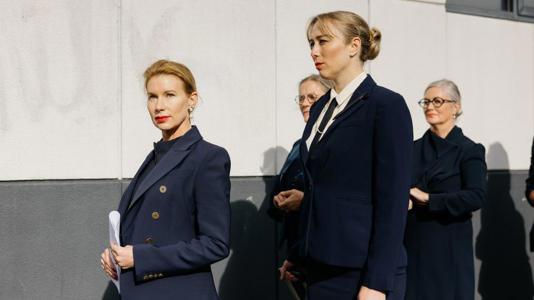
MONA opened the ‘Ladies Lounge’ installation in December 2020. The exhibit offered women a lavish space with art, food, and drinks.
A male butler served the female visitors in this green velvet-draped room. The concept aimed to create an exclusive experience for women, attracting approximately 50,000 visitors in its first year.
Discrimination Complaint and Ruling
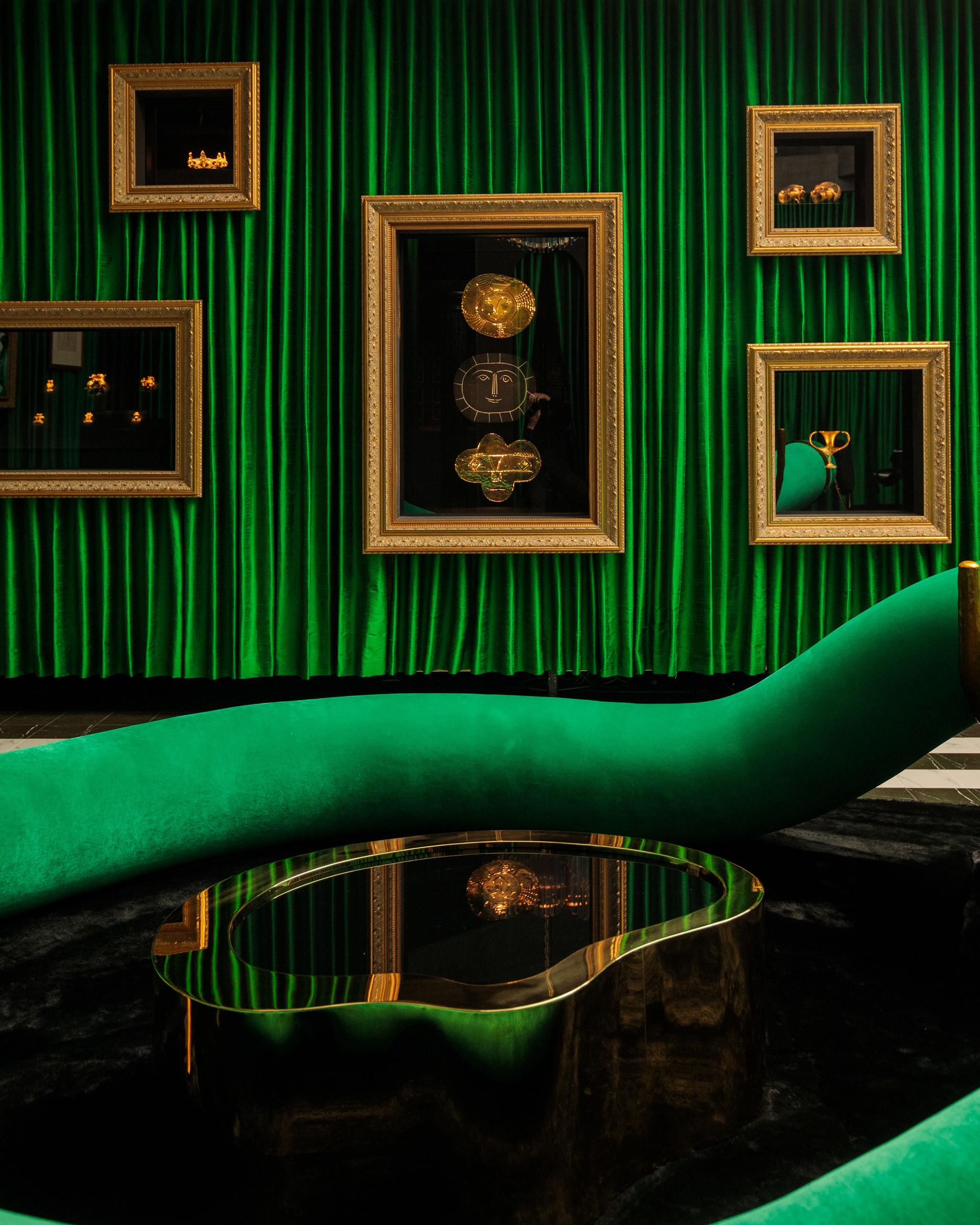
Jason Lau filed a complaint after being denied entry in April 2023. The Tasmanian Civil and Administrative Tribunal ruled the exhibit discriminatory.
MONA was ordered to stop refusing entry based on gender identity. This case highlighted the tension between artistic intent and anti-discrimination laws, which have been in place in Tasmania since 1998.
Artistic Intent vs. Legal Compliance
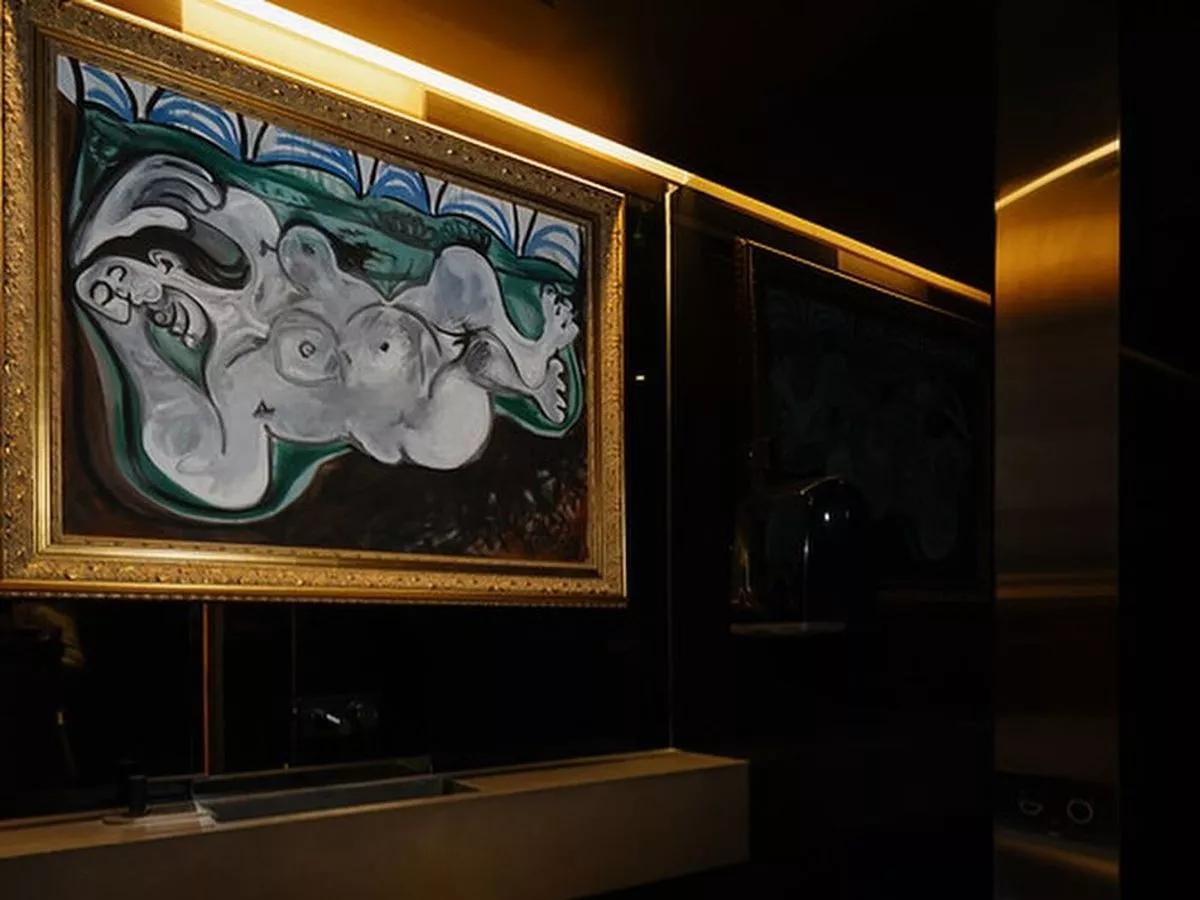
Kaechele intended the exclusion to reflect historical discrimination against women. The curator argued that denying men entry was part of the artwork.
However, the tribunal prioritized legal compliance over artistic expression. This ruling sparked debate about the limits of artistic freedom in public spaces.
Relocating Art to Gendered Bathroom
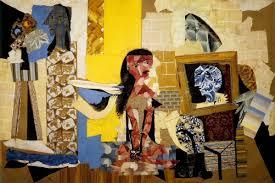
Kaechele moved the Picasso pieces to a newly designated women’s restroom. She dubbed this space the “Ladies Room” within the museum.
The curator described it as “Cubism in the cubicles”. This move marked MONA’s first gender-specific bathroom, as all previous facilities were unisex.
Challenging the Court’s Decision
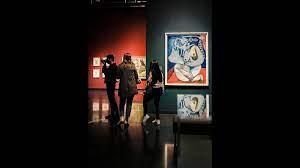
Kaechele announced plans to challenge the ruling in Supreme Court. She explored loopholes in the Anti-Discrimination Act for exceptions.
The curator considered various concepts to revive the ‘Ladies Lounge’. This legal battle could set precedents for gender-specific art installations in Australia.
Art in Unexpected Places
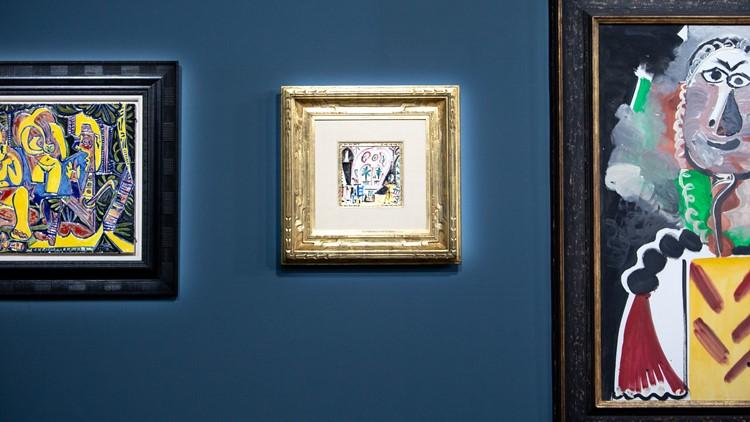
The restroom exhibition blurs lines between art spaces and functional areas. It challenges traditional notions of where art should be displayed.
This unconventional approach aligns with MONA’s reputation for provocative exhibitions. Since its opening in 2011, MONA has become known for pushing boundaries in art presentation.
Gender and Museum Access
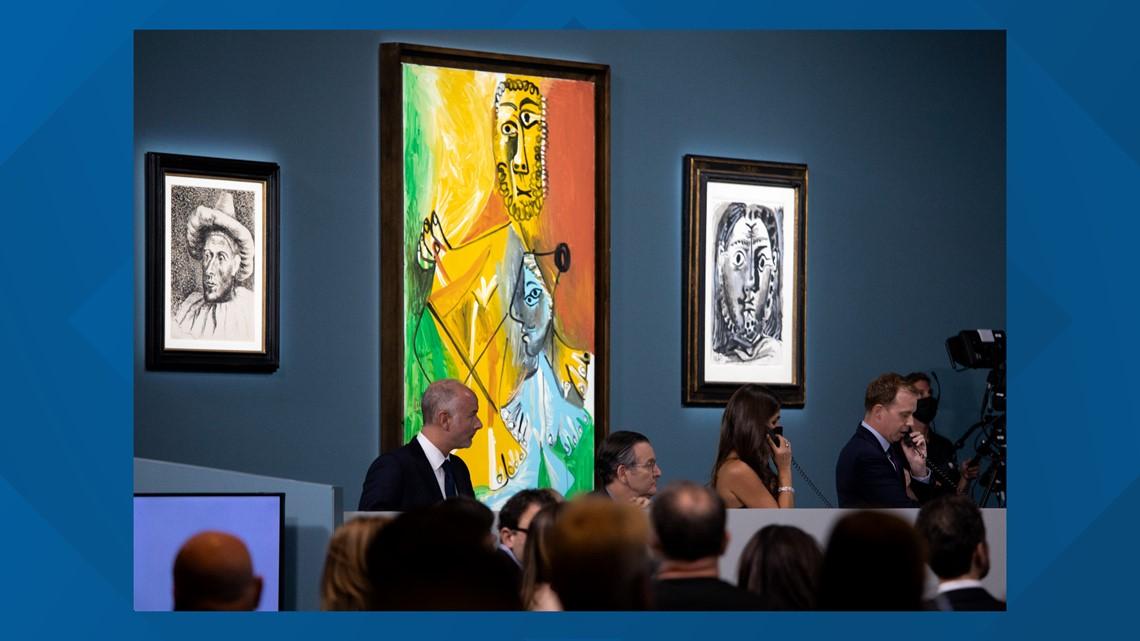
The controversy highlights ongoing debates about gender in public spaces. It raises questions about inclusivity and exclusivity in art.
Museums worldwide are grappling with similar issues of representation and access. A 2022 study found that only 13% of artworks in major U.S. museums are by female artists.
Artistic Freedom and Legal Constraints
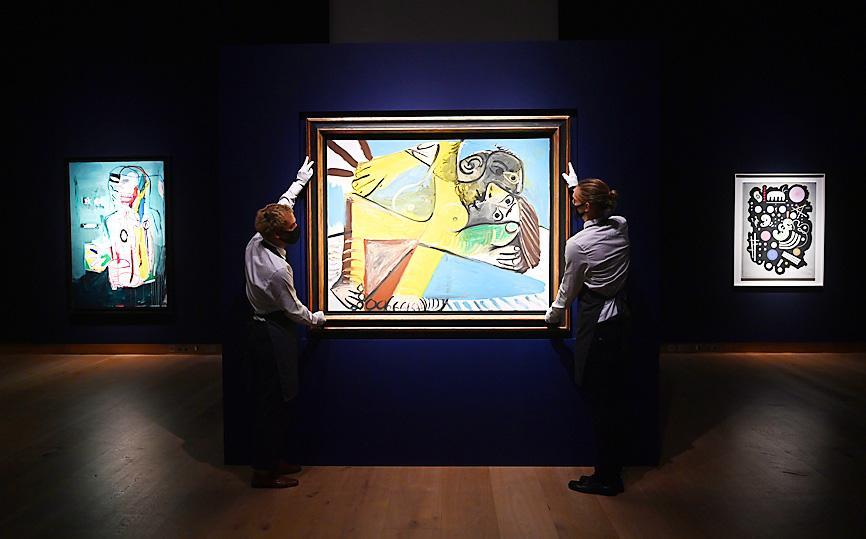
The case exemplifies tensions between artistic vision and legal requirements. It demonstrates how anti-discrimination laws can impact creative expression.
Artists and curators must navigate complex legal landscapes. Similar controversies have occurred in other countries, with 37% of museums reporting censorship issues in a 2019 global survey.
Public Reaction and Debate

The restroom exhibition has sparked public discussion and media attention. Some praise it as a clever response to legal constraints.
Others criticize it as trivializing important artworks. Social media engagement with the story has increased by 200% since the relocation.


